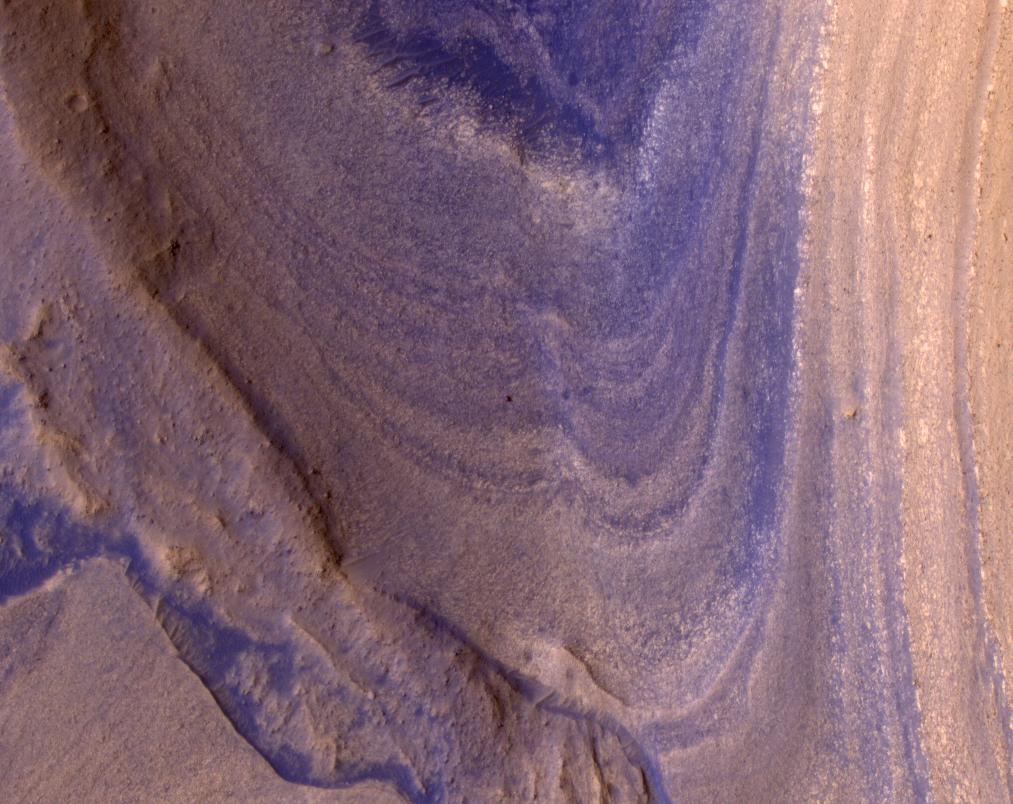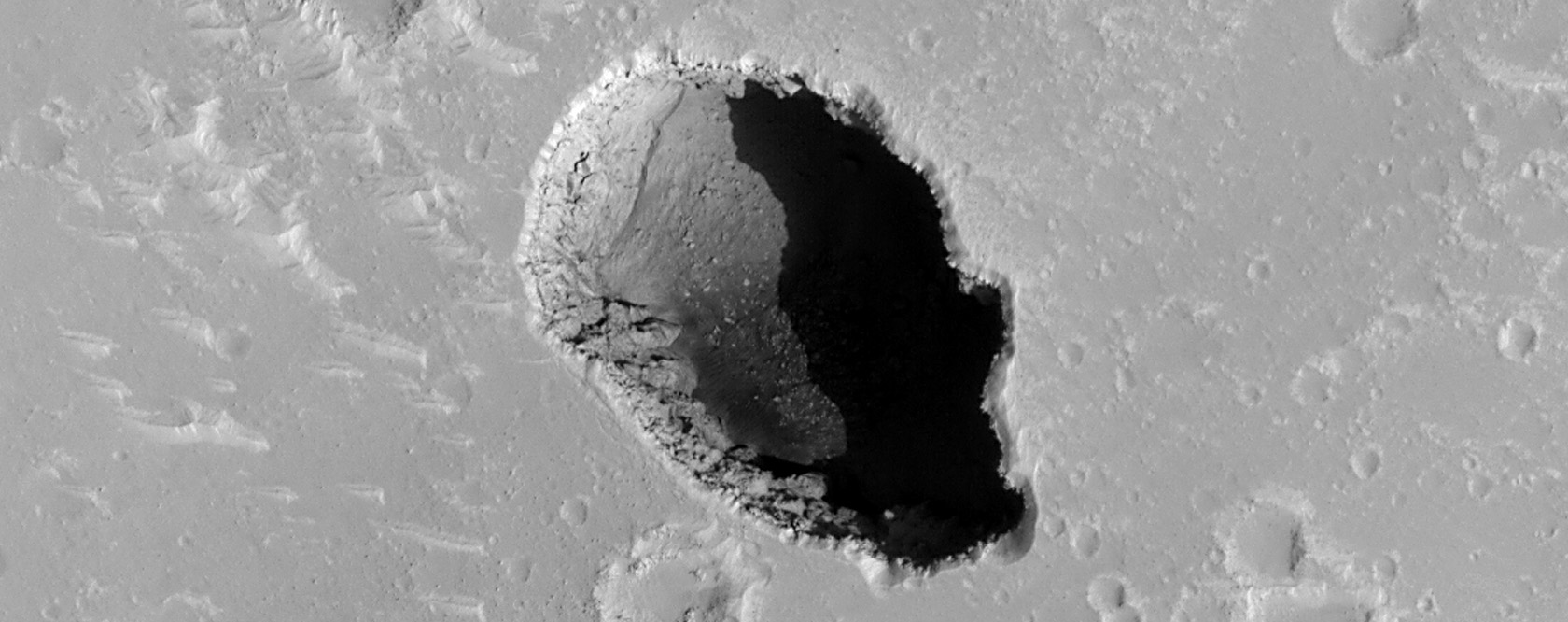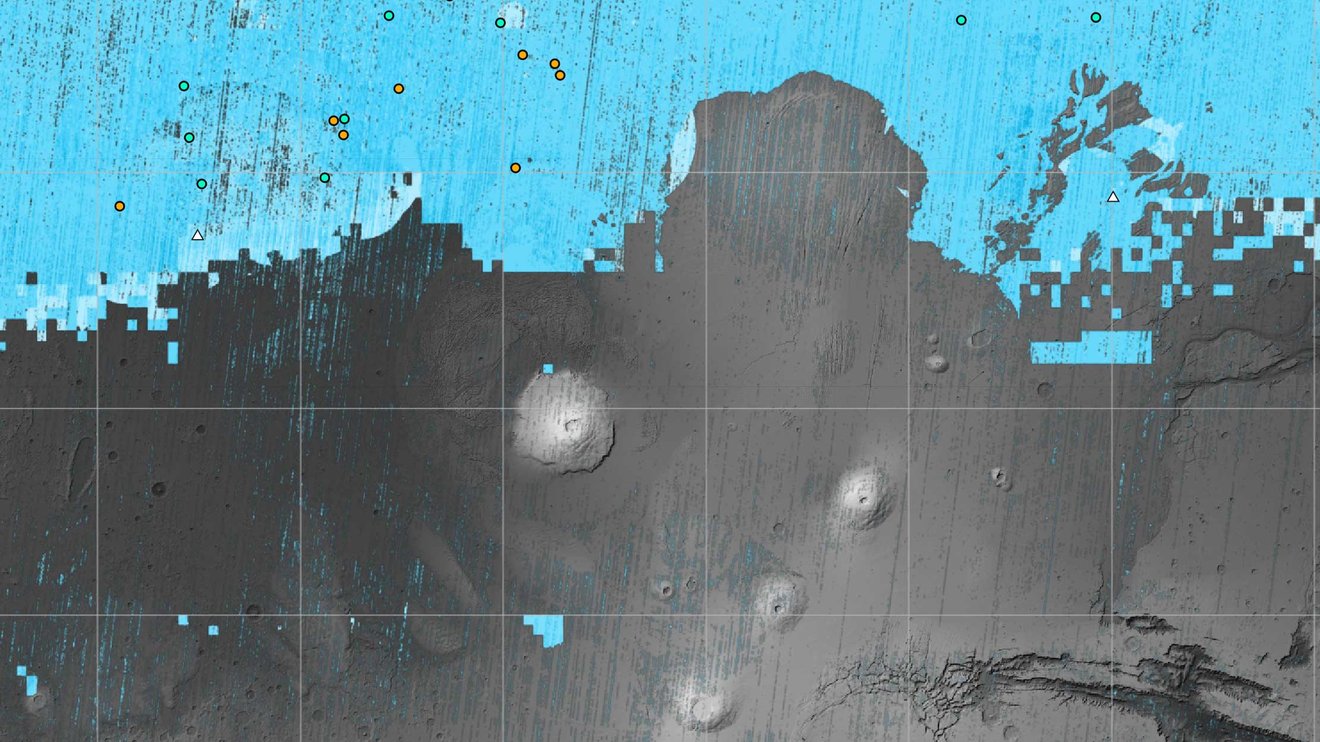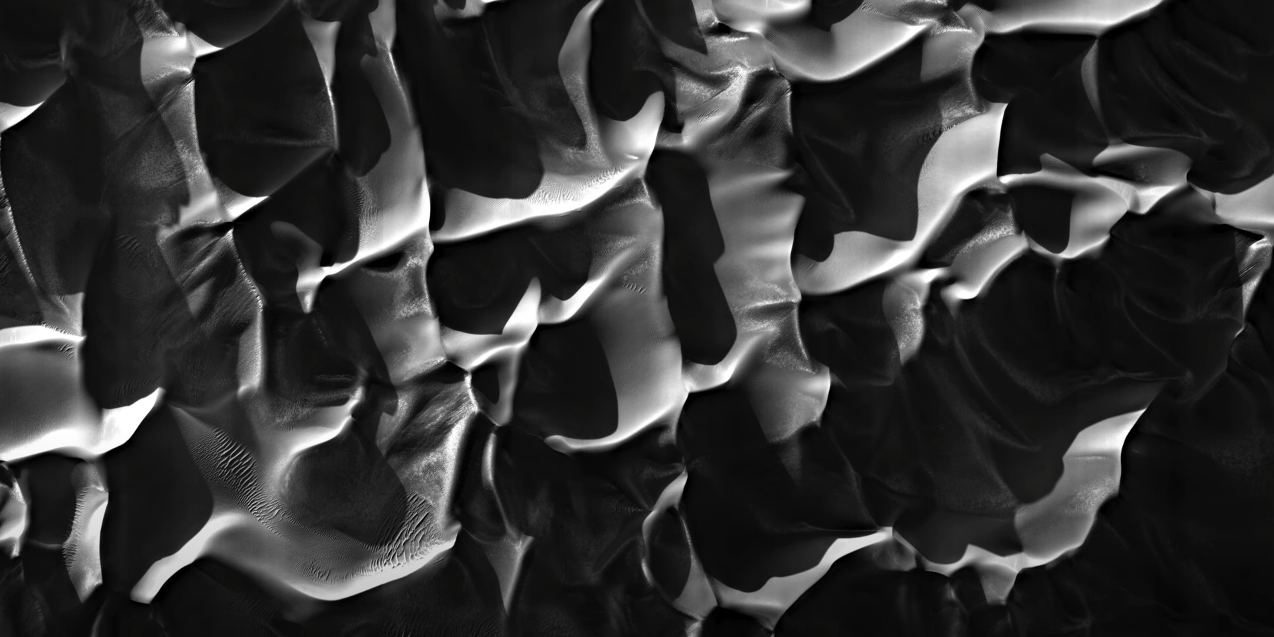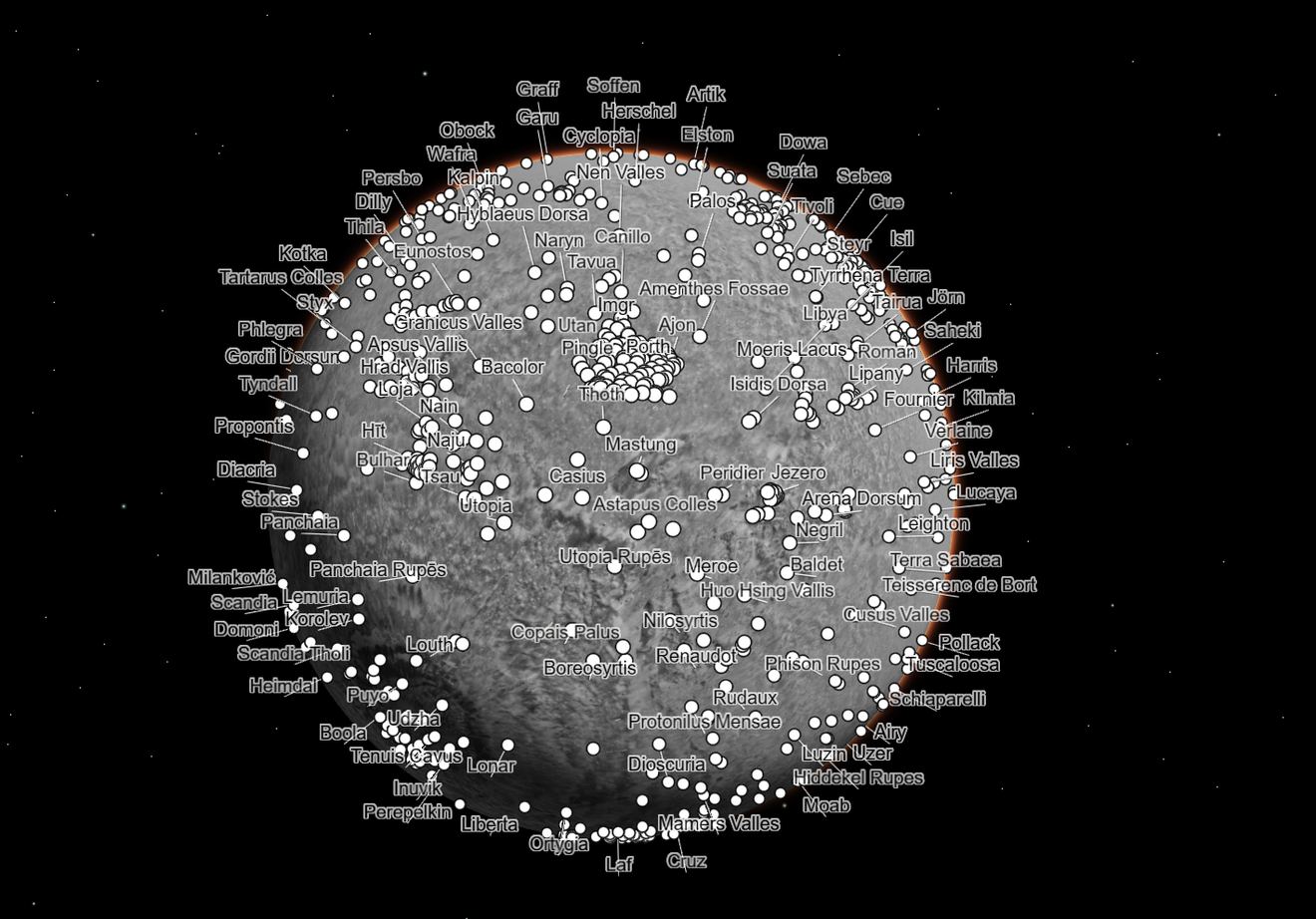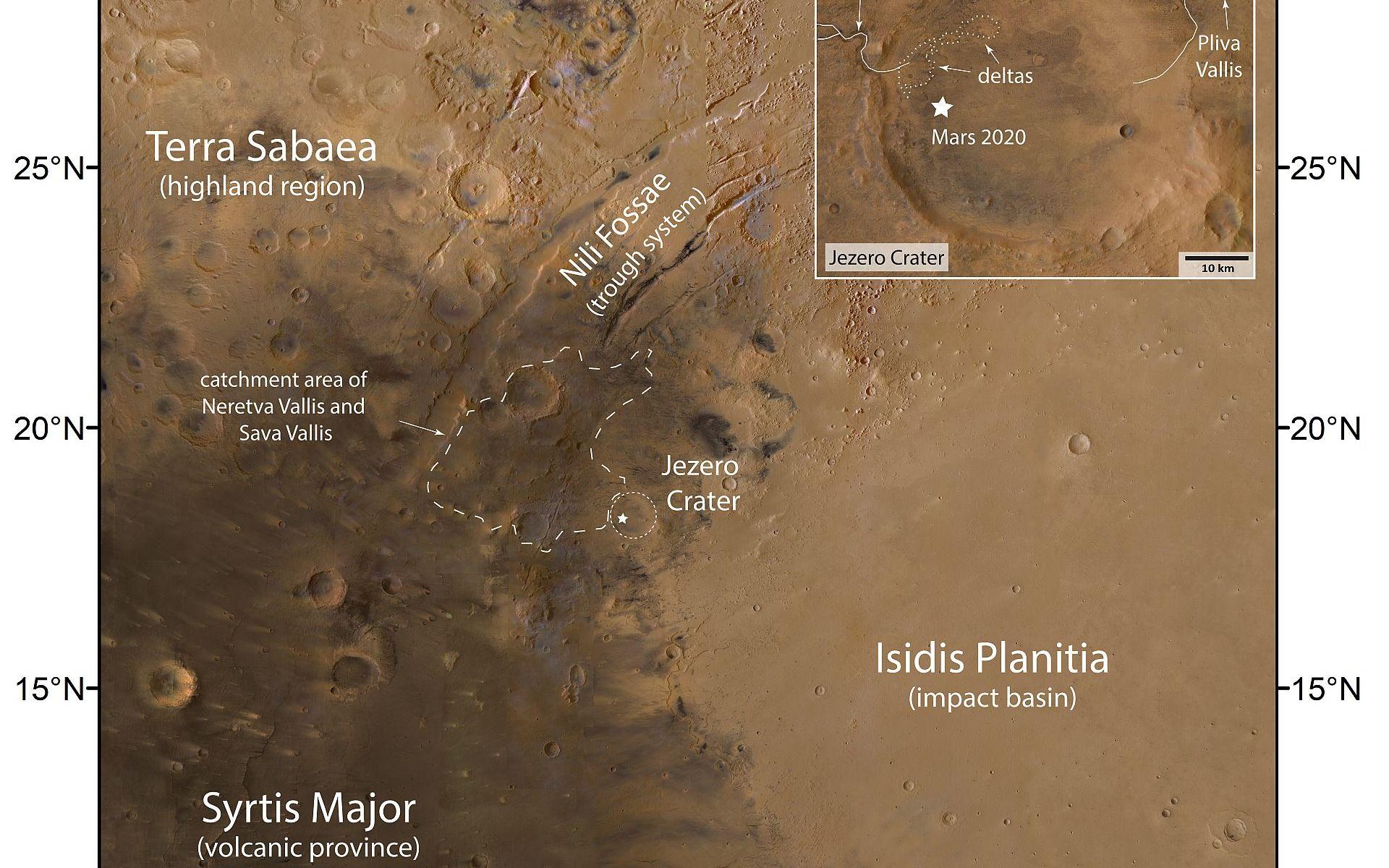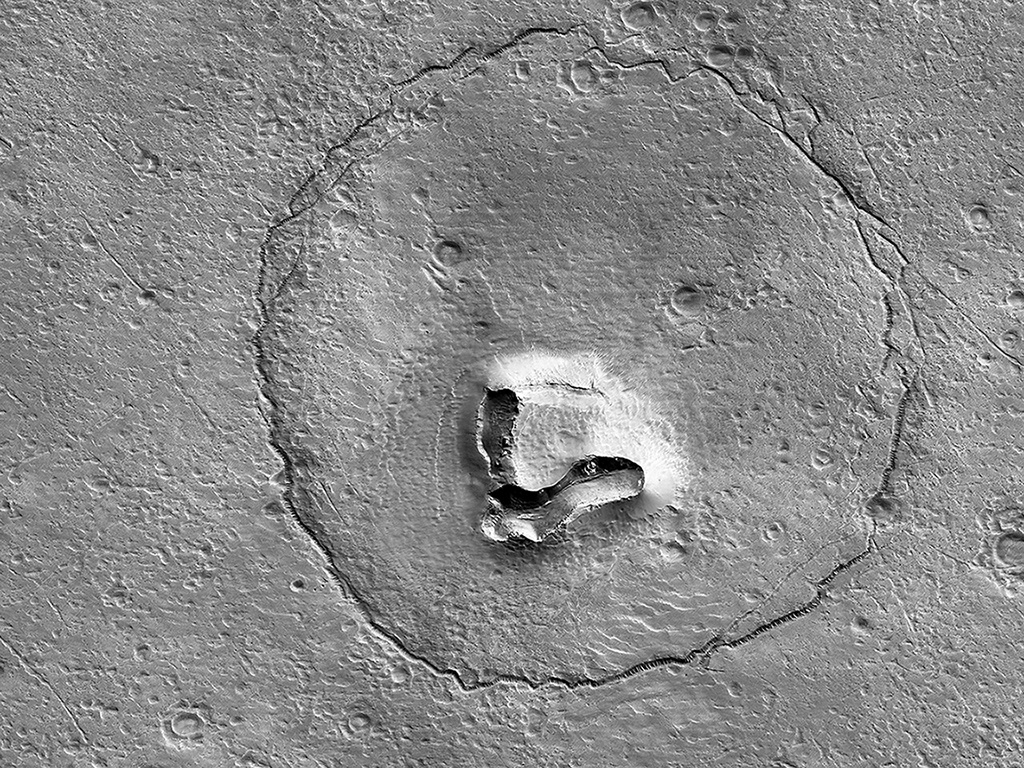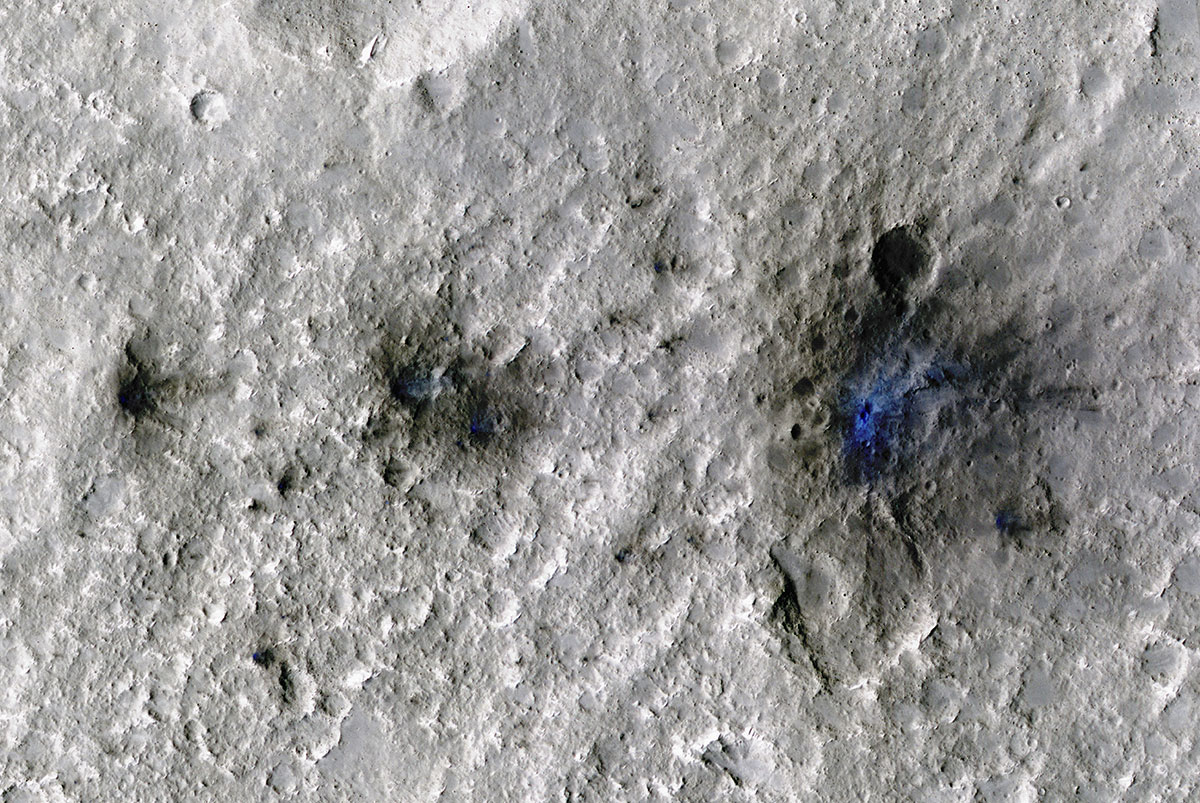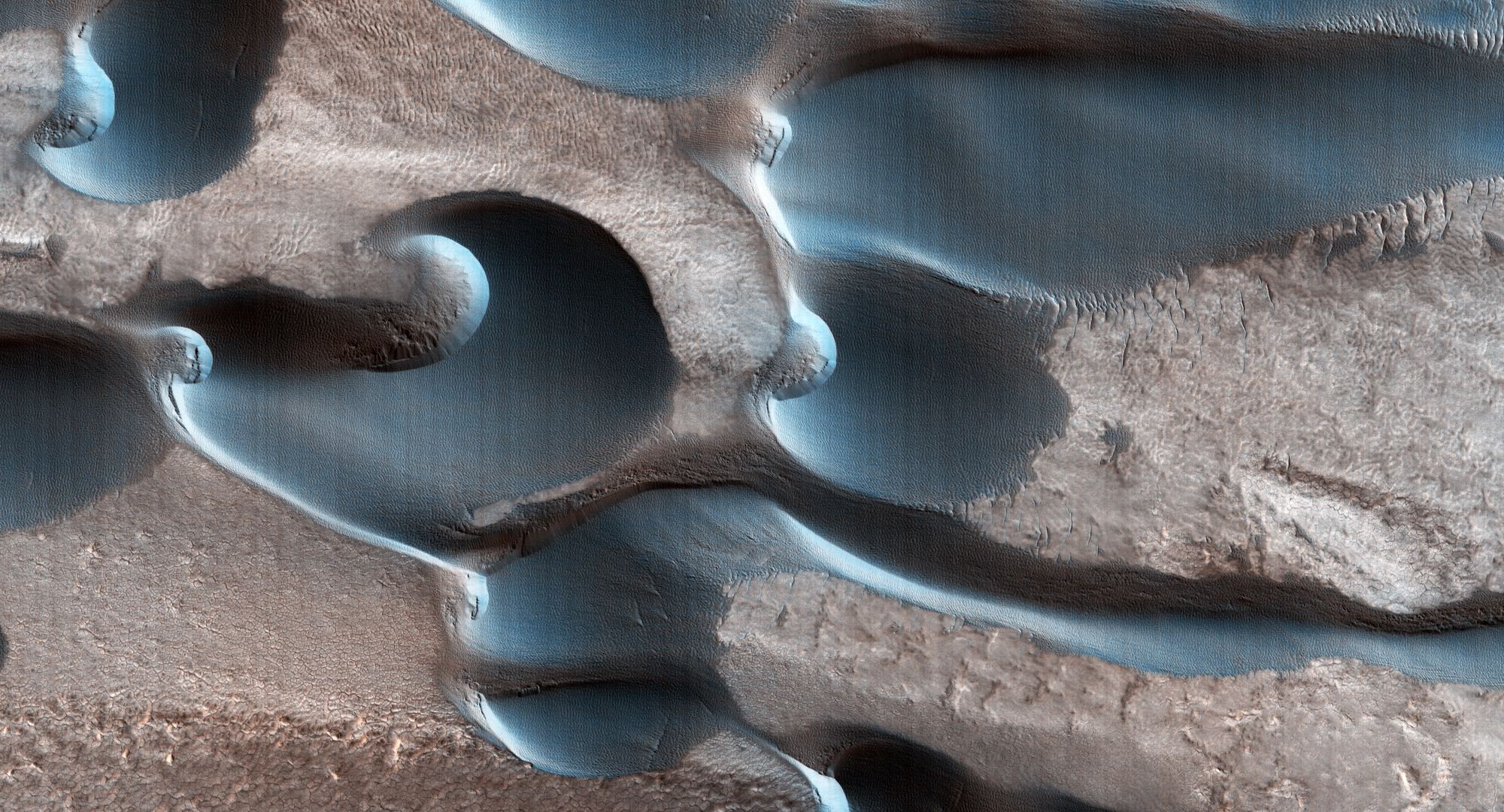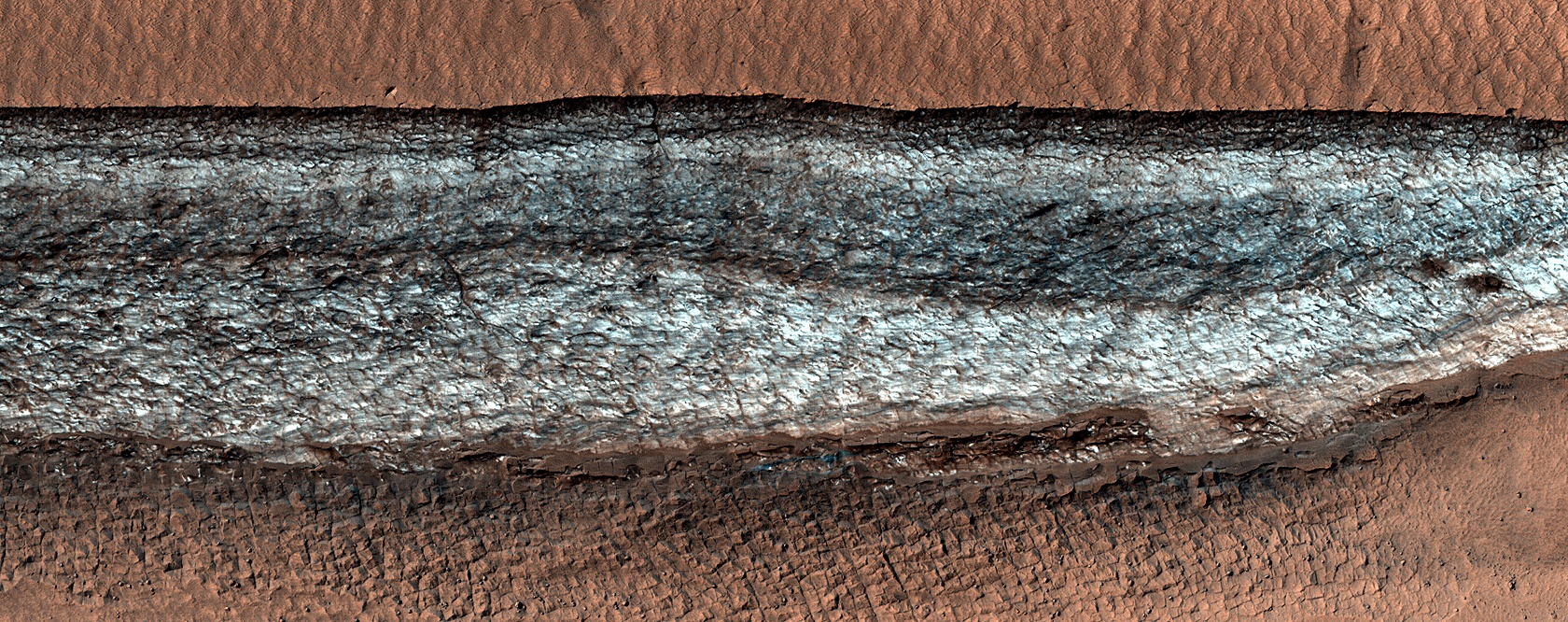Just about every day we here on Earth get a breathtaking picture of Mars’s terrain sent back by a rover. But, the view from space can be pretty amazing, too. The Mars Reconnaissance Orbiter (MRO) just sent back a thought-provoking picture of Curiosity as it makes its way up a steep ridge on Mount Sharp.
Continue reading “Curiosity Rover is Climbing Through Dramatic Striped Terrain on Mars”Curiosity Rover is Climbing Through Dramatic Striped Terrain on Mars
